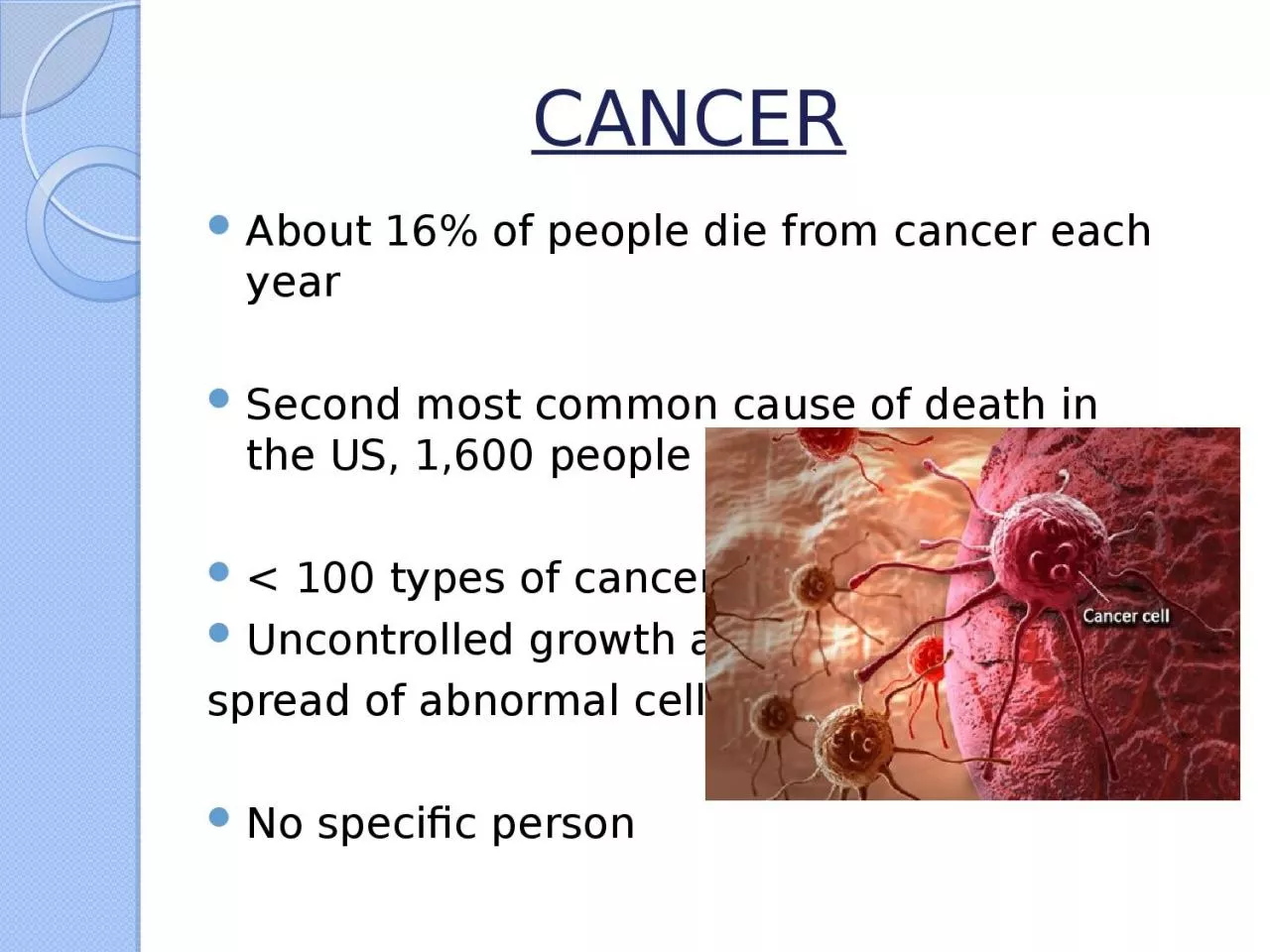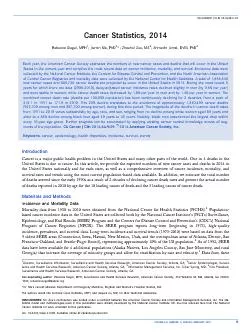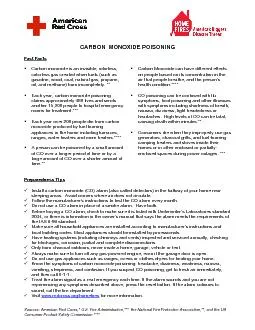PPT-CANCER About 16% of people die from cancer each year
Author : alis | Published Date : 2024-01-03
Second most common cause of death in the US 1600 people per day lt 100 types of cancer Uncontrolled growth and spread of abnormal cells No specific person What
Presentation Embed Code
Download Presentation
Download Presentation The PPT/PDF document "CANCER About 16% of people die from canc..." is the property of its rightful owner. Permission is granted to download and print the materials on this website for personal, non-commercial use only, and to display it on your personal computer provided you do not modify the materials and that you retain all copyright notices contained in the materials. By downloading content from our website, you accept the terms of this agreement.
CANCER About 16% of people die from cancer each year: Transcript
Download Rules Of Document
"CANCER About 16% of people die from cancer each year"The content belongs to its owner. You may download and print it for personal use, without modification, and keep all copyright notices. By downloading, you agree to these terms.
Related Documents










![“ Daarop lei [God] [Abraham] uit na buite met die woorde: ‘Kyk nou op na die hemel](https://thumbs.docslides.com/788189/daarop-lei-god-abraham-uit-na-buite-met-die-woorde-kyk-nou-op-na-die-hemel-en-tel-die-s.jpg)



